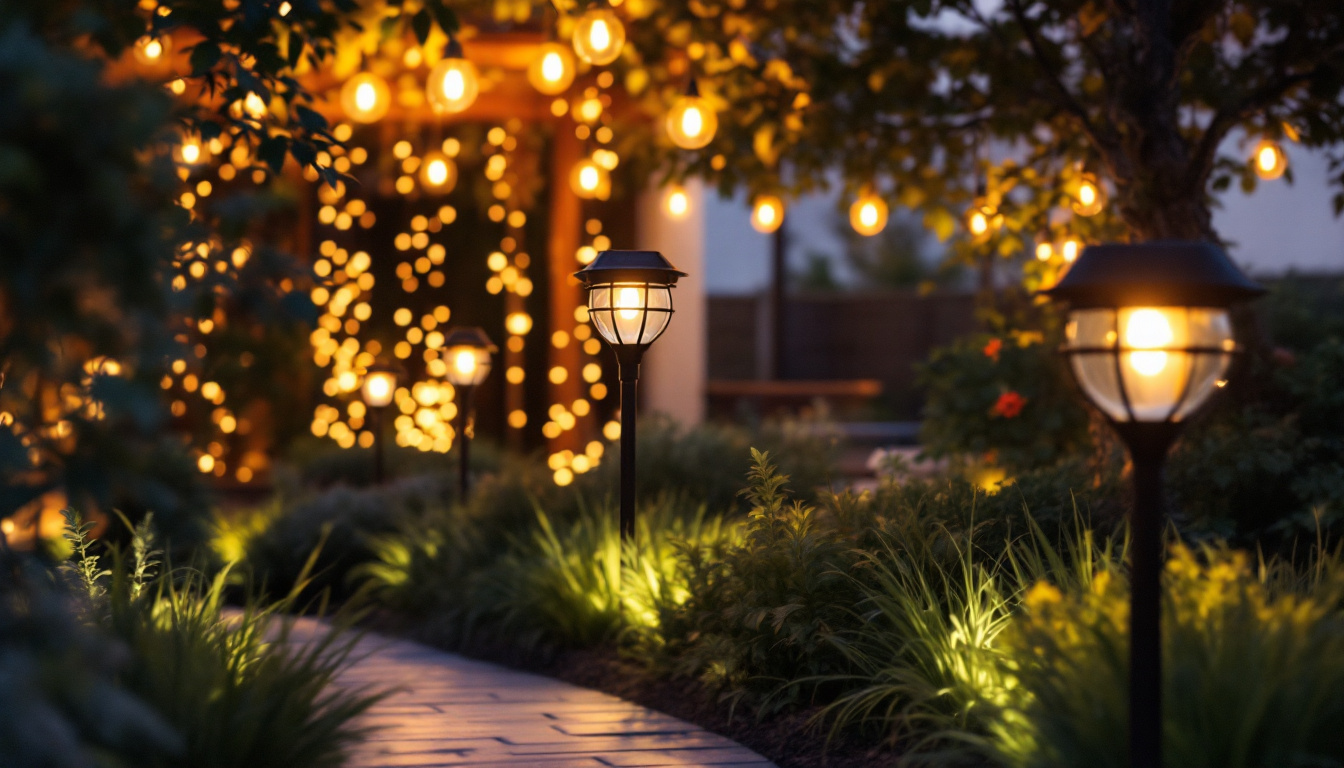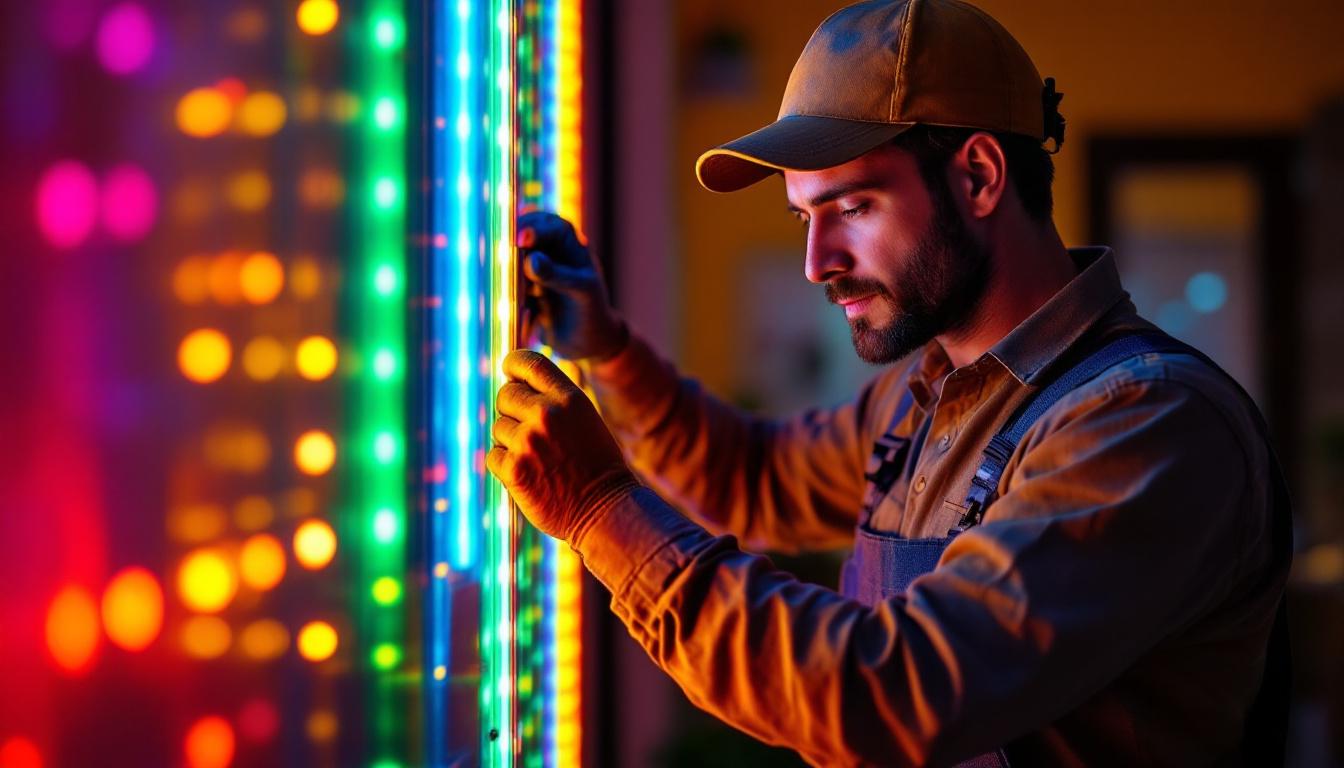
Basements are often underutilized spaces in homes, yet they hold immense potential for various purposes, from entertainment rooms to home offices. Proper lighting is crucial in transforming these often dim and dreary areas into inviting and functional spaces. For lighting contractors, mastering the art of basement lighting involves understanding the unique challenges and opportunities these environments present. This article explores essential resources and techniques that can help lighting professionals excel in basement lighting design.
Lighting contractors must first grasp the specific challenges that come with illuminating basements. These spaces often lack natural light, leading to a reliance on artificial lighting solutions. Understanding these challenges is the first step toward creating effective lighting designs that enhance the functionality and aesthetics of the space.
One of the most significant hurdles in basement lighting is the absence of natural light. Most basements have small windows or none at all, making it essential to rely on artificial lighting. This limitation necessitates a thoughtful approach to ensure that the space feels bright and welcoming rather than dark and oppressive.
To combat the lack of natural light, contractors can use various techniques, such as layering different types of lighting—ambient, task, and accent—to create a balanced and inviting atmosphere. This layered approach can help mimic the effect of natural light, making the space feel more open and airy. Additionally, the use of light-colored walls and reflective surfaces can enhance the effectiveness of artificial lighting, creating a more vibrant and inviting environment.
Many basements feature low ceilings, which can further complicate lighting design. Low ceilings can create a sense of confinement, making it essential to choose lighting fixtures that do not overwhelm the space. Recessed lighting is often an excellent choice, as it can provide ample illumination without taking up valuable headspace.
Additionally, the use of wall-mounted fixtures or track lighting can help distribute light evenly throughout the room without encroaching on the ceiling height. These options allow for flexibility in design while ensuring that the space remains functional and aesthetically pleasing. Incorporating mirrors strategically can also help to reflect light and create an illusion of greater height, making the basement feel less cramped and more expansive.
Basements are often prone to moisture and humidity, presenting another challenge for lighting contractors. Choosing the right fixtures is crucial to ensure longevity and safety. Waterproof or moisture-resistant fixtures should be prioritized, especially in areas prone to dampness.
Moreover, proper ventilation should be considered when designing lighting solutions. Adequate airflow can help mitigate moisture buildup, which not only affects the longevity of the lighting fixtures but also the overall health of the space. Implementing dehumidifiers or ventilation fans can further assist in controlling humidity levels, creating a more comfortable environment. Additionally, incorporating smart lighting systems can allow homeowners to adjust brightness and color temperature based on the time of day or activity, enhancing the usability of the basement while addressing any moisture-related concerns effectively.
Once the challenges are understood, lighting contractors can employ various techniques to enhance basement lighting. These techniques can help create a well-lit, inviting environment that meets the needs of the homeowners.
Layering light is a fundamental technique in any lighting design, and it is especially important in basements. By combining ambient, task, and accent lighting, contractors can create a dynamic and versatile space. Ambient lighting provides the general illumination necessary for the entire area, while task lighting focuses on specific activities, such as reading or working.
Accent lighting can be used to highlight architectural features, artwork, or decorative elements, adding depth and interest to the space. By carefully considering the placement and type of each layer, contractors can achieve a balanced and functional lighting scheme. For instance, strategically placed LED strip lights can be used along shelves or under cabinets to create a soft glow that enhances the overall atmosphere without overwhelming the senses. This thoughtful layering not only improves visibility but also contributes to the aesthetic appeal of the basement, transforming it from a dark, utilitarian space into a cozy retreat.
Dimmers are an invaluable tool for lighting contractors working in basements. They provide the flexibility to adjust the light levels according to the time of day or the specific activity taking place. For instance, a bright, well-lit environment may be desired during daytime activities, while a softer, more subdued ambiance may be preferred for movie nights or gatherings.
Incorporating dimmers not only enhances the functionality of the lighting design but also adds an element of control for homeowners, allowing them to customize their space to suit their preferences. Furthermore, dimmers can help save energy by reducing the wattage used when full brightness is not necessary, contributing to a more sustainable home environment. This adaptability can also be particularly beneficial in multi-purpose basements, where the space may serve as a play area, home office, or entertainment zone, each requiring different lighting levels to optimize comfort and usability.
The selection of lighting fixtures plays a critical role in the overall success of basement lighting. Contractors should consider the style, size, and function of each fixture to ensure they complement the space. For example, pendant lights can add a stylish touch to a basement bar area, while flush-mount fixtures may be more appropriate for lower ceilings.
Energy-efficient options, such as LED fixtures, should also be prioritized. LEDs not only consume less energy but also produce less heat, making them ideal for enclosed spaces like basements. Additionally, their longevity reduces the need for frequent replacements, providing long-term cost savings for homeowners. Beyond energy efficiency, the aesthetic choices available in LED technology have expanded dramatically, allowing homeowners to select fixtures that match their personal style, from sleek modern designs to more traditional looks. This versatility ensures that the lighting not only serves a functional purpose but also enhances the overall decor of the basement, creating a cohesive and inviting atmosphere that reflects the homeowner’s taste.
As technology evolves, so do the options available for basement lighting. Contractors should stay informed about innovative solutions that can enhance their designs and meet the needs of modern homeowners.
Smart lighting systems are becoming increasingly popular in residential spaces, including basements. These systems allow homeowners to control their lighting remotely through smartphones or voice-activated devices. By integrating smart technology, contractors can offer clients enhanced convenience and energy efficiency.
Smart lighting can also include features such as scheduling, which allows homeowners to set specific times for lights to turn on and off, further optimizing energy use. This level of customization can significantly enhance the user experience in basement spaces.
Accent and decorative lighting can transform a basement from a utilitarian space into a stylish retreat. Options such as LED strip lights can be used to highlight architectural details, while decorative fixtures can serve as focal points in the design.
Incorporating color-changing LED lights can also add a fun and dynamic element to the space. This versatility allows homeowners to customize their basement lighting according to their mood or the occasion, making the space more enjoyable and inviting.
For those basements that lack windows, natural light simulation technology can be a game-changer. These systems mimic the appearance and color temperature of natural light, helping to create a more pleasant atmosphere. This technology can be especially beneficial in spaces used for relaxation or entertainment, as it can help reduce feelings of confinement and enhance overall well-being.
By incorporating natural light simulation, contractors can provide an innovative solution that addresses one of the primary challenges of basement lighting, ultimately improving the quality of the space.
In addition to understanding techniques and innovative solutions, lighting contractors can benefit from practical tips that enhance their effectiveness in basement lighting projects.
Before embarking on a basement lighting project, it is essential to conduct a thorough assessment of the space. This includes evaluating the existing electrical infrastructure, understanding the layout, and identifying any potential obstacles, such as low ceilings or moisture issues.
By gathering this information upfront, contractors can develop a comprehensive lighting plan that addresses the specific needs of the space and ensures a successful outcome.
Effective communication with homeowners is vital for successful basement lighting projects. Contractors should take the time to understand the homeowners’ needs, preferences, and intended use of the space. This collaboration can lead to more tailored lighting solutions that enhance the overall satisfaction of the project.
Involving homeowners in the design process can also foster a sense of ownership and pride in the final result, making the space feel more personalized and functional.
The lighting industry is constantly evolving, with new trends and technologies emerging regularly. Lighting contractors should make it a priority to stay informed about the latest developments, whether through industry publications, trade shows, or online resources.
By staying updated, contractors can offer their clients the most current and effective solutions, positioning themselves as knowledgeable professionals in the field. This commitment to continuous learning can lead to increased client trust and satisfaction.
Mastering basement lighting is a multifaceted endeavor that requires a deep understanding of the unique challenges these spaces present. By utilizing effective techniques, innovative solutions, and practical tips, lighting contractors can create inviting and functional environments that enhance the overall quality of life for homeowners.
As basements continue to evolve into versatile living spaces, the demand for skilled lighting contractors will only grow. By embracing the resources and strategies outlined in this article, contractors can position themselves as leaders in the field, ready to tackle any basement lighting project with confidence and creativity.
Ready to elevate your basement lighting projects to new heights? At LumenWholesale, we provide lighting contractors with the finest spec-grade lighting products at prices that can’t be beaten. Say goodbye to local distributor markups and hello to our extensive selection that meets rigorous industry standards, ensuring every project shines with reliability and high performance. Plus, with free shipping on bulk orders, you can stock up on premium lighting solutions without worrying about hidden fees. Don’t compromise on quality, affordability, or convenience. Make your next project a standout success and get the best value in wholesale lighting by visiting LumenWholesale today.

Discover how receptacles can transform the workflow of lighting contractors by enhancing efficiency and safety.

Discover the ultimate guide for lighting contractors on recessed LED cans.

Discover the essential insights lighting contractors need to know about outdoor solar lights.

Discover expert insights and practical advice from lighting contractors on maximizing the potential of RGB LED technology.